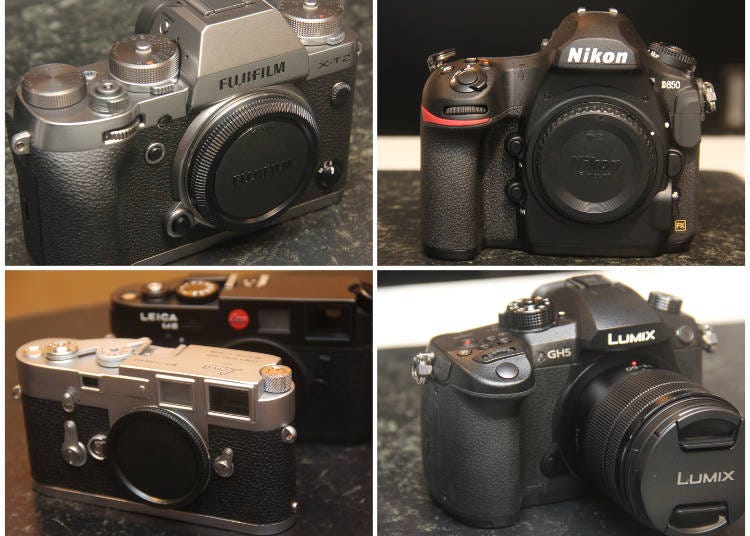

So, if you’re upgrading from a Canon EF or Nikon N system, your lenses will probably still work with a new DSLR. Some shooters still prefer the zero-lag experience of looking through an optical viewfinder.ĭSLRs also typically natively accept older lenses. What’s not so good about mirrorless cameras?ĭSLR’s advantages over mirrorless cameras have waned over the years. In fact, they will allow you to see, in real-time, how changing your settings will affect your overall picture. With a DSLR, you see a simple reflection, but the camera settings may leave you with a shot that’s blown out or too dark. Some beginners also prefer mirrorless cameras because the image they see in the viewfinder looks very close to what the final result will be. That sensor-based focusing also allows the camera to perform more advanced focusing features like precise image tracking and facial recognition.

Without the mirror inside the body, mirrorless cameras can keep the lens much closer to the sensor, which typically reduces the overall size of the camera itself.īecause mirrorless cameras rely on their main imaging sensor for focusing, they’re also less likely to need adjustments than DSLRs. Attached lens cameras worked like this for years before interchangeable-lens mirrorless cameras came along. That sensor pumps out a live feed of what it sees through to an electronic viewfinder or the screen on the back of the camera.

Mirrorless cameras simply funnel light through the lens directly onto the imaging sensor. DSLRs dominated the advanced digital camera market for years before advanced CMOS image sensor tech changed the game. DSLRs (and their film-based SLR predecessors) rely on mirrors inside the camera body to reflect light coming in through the lens up to the focusing sensor and through the optical viewfinder. mirrorless camera debate, you can probably skip straight down to the recommendations.įor the uninitiated, mirrorless cameras get their identity from something they lack: a mirror. If you’re already schooled on the nuances of the DSLR vs. It can be hard to understand exactly what the phrase “mirrorless camera” means, so we’ll run through the basics here quickly. Choosing the best mirrorless cameras for beginners Despite its small size, you also get a solid collection of tactile controls including a mode dial and control knobs. It promises up to 4.5 stops of shake correction, which is up there with the best of them. Its Micro Four Thirds sensor moves in five different directions to try and counteract the movement of your hands as you press the shutter-it’s the best mirrorless camera for beginners looking for image stabilization. The Olympus OM-D E-M10 Mark IV is a tiny little camera with some impressive specs. The best mirrorless cameras for beginners: Reviews & Recommendations Best overall: Fujifilm XT-200 Best for image stabilization: Olympus OM-D E-M10 Mark IV.You don’t want to end up paying a lot of extra cash for features you’ll rarely use. The secret to success: Identify the most important features that you’ll need and emphasize them. Rather than sending you out into the complicated mirrorless digital camera world alone, we’ve put together this simple guide to help you choose your tool. The best mirrorless camera for beginners, however, also leaves room to grow as your skills evolve. Entry-level cameras typically offer beginner-specific features that help new shooters learn the nuances of advanced photography. Choosing a good camera for beginners is more complicated than simply selecting the latest and greatest model in the line.


 0 kommentar(er)
0 kommentar(er)
